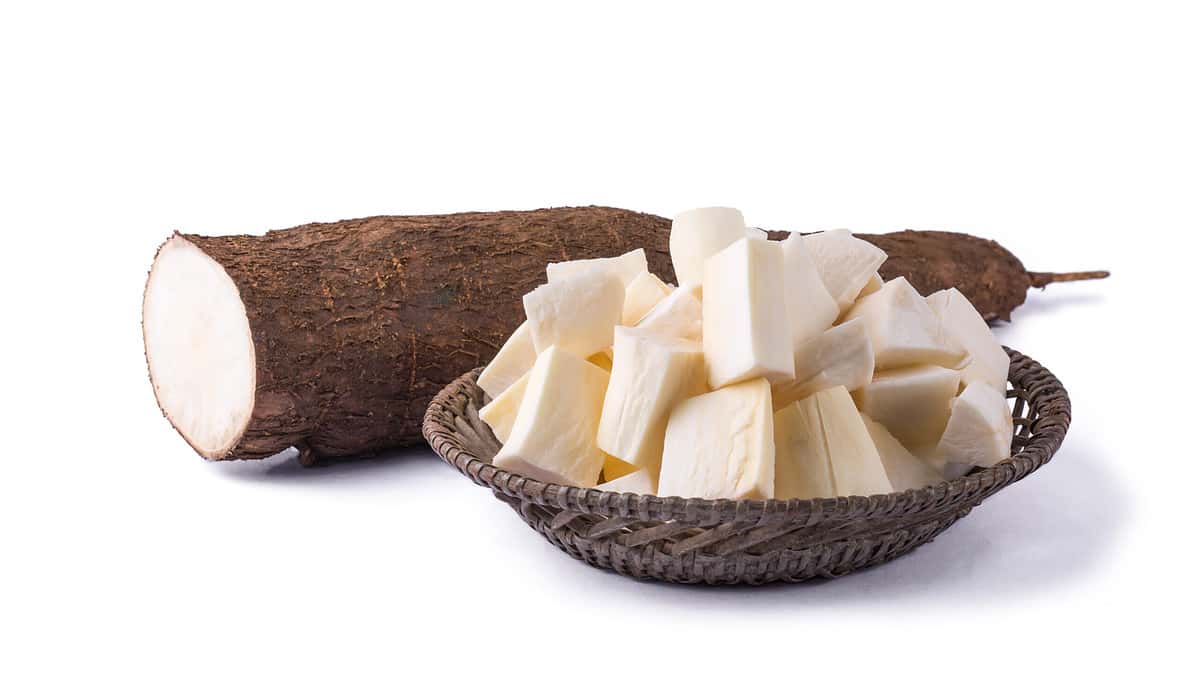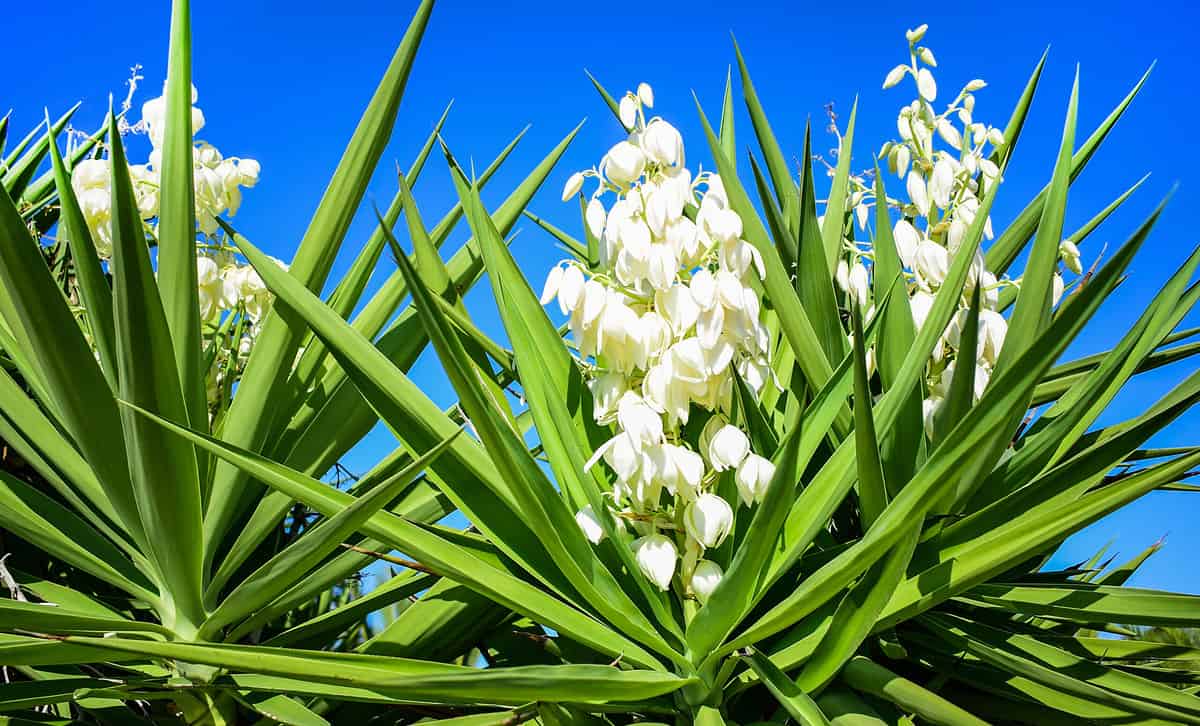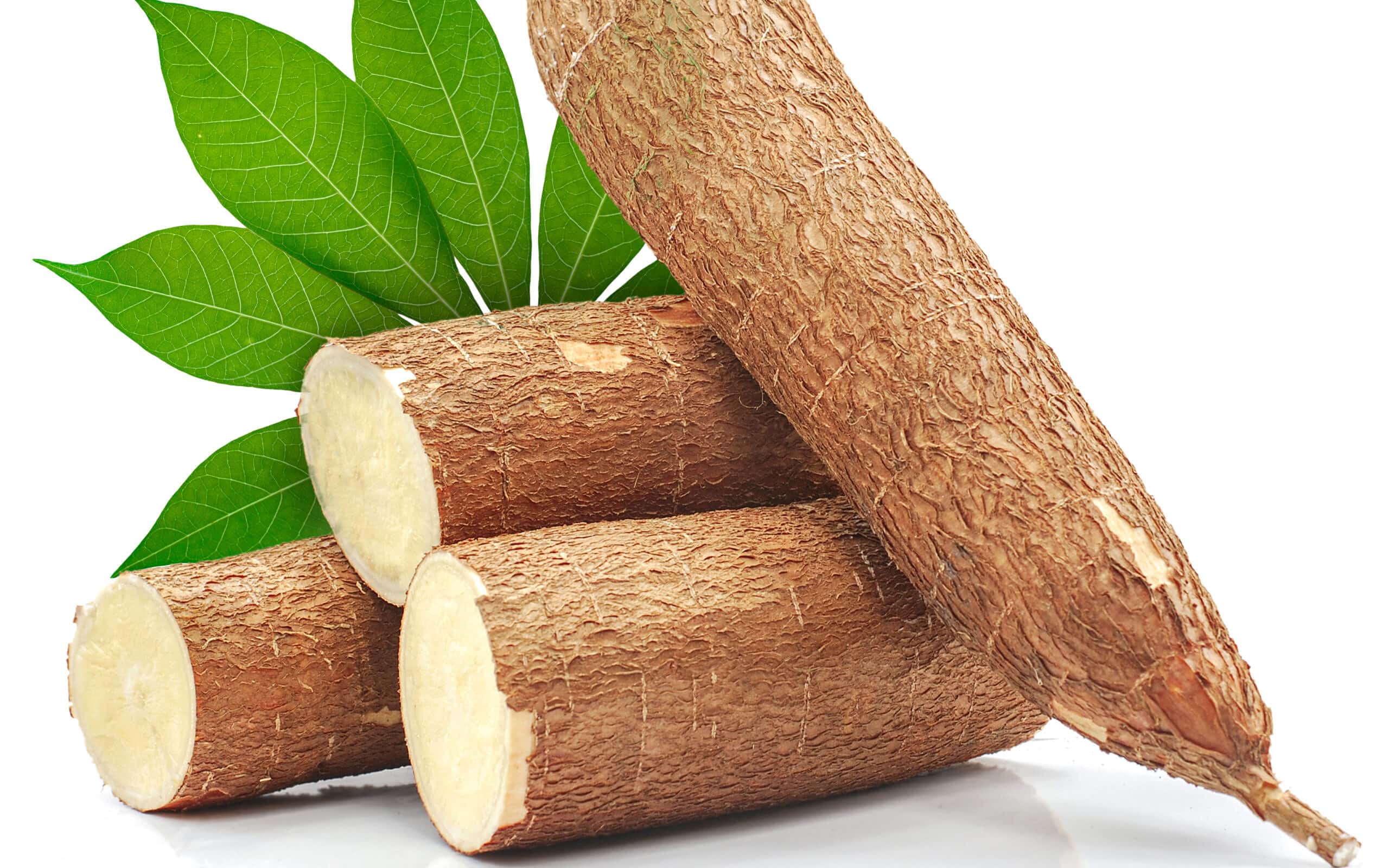Have you ever visited a restaurant and seen yucca on the menu? Then, maybe you turn around and see it spelled yuca at a different restaurant. Perhaps you are no novice, yet you aren't sure what the difference between yuca and yucca is. If that is you, read about the difference between these closely spelled plants!
What is Yuca?
Let's first take a look at yuca. Yuca, pronounced yoo-kuh, is a root vegetable. It comes from cassava, a botanical plant classified as Manihot esculenta.
Yuca is a staple in Latin American cuisine and is native to South America. It is possible to find yuca in Africa and Asia as well.
Yuca has an exterior that is very similar to ginger. Before you eat it or cook it, the outer exterior needs peeling. Underneath the exterior, you will find an edible root vegetable that is a starchy tuber. It has a nutty flavor that is often sweet but sometimes can be bitter as well.
Yuca makes a great starchy side, like potatoes and other root vegetables. The texture of the yuca is a bit dry, making it a good idea to combine it with various sauces.
Yuca often needs clarification because the spelling on menus is sometimes yucca.

©Shamils/Shutterstock.com
What is Yucca?
After talking about yuca, you are probably ready to learn more about a different edible root vegetable. However, yucca, pronounced yuhk-a, is not a root vegetable. It's quite the opposite!
Yucca is a flowering plant that has spikey and pointed leaves. It is a perennial plant that has between forty and fifty species. This plant is excellent for its looks or decoration. It is possible to eat the seeds or flowers of this plant. However, unlike yuca, do not eat the root of the yucca.
Yucca plants can grow to be up to 30 feet tall. This plant is quite resilient and is actually pretty tough. Many times, it can grow despite drought and high temperatures. Although you cannot eat the root of the yucca plant, this root is sometimes in soap or shampoo ingredients.

©Cristina Ohler/Shutterstock.com
Yuca vs. Yucca: 3 Key Differences
Let's recap: yuca and yucca have a few differences that set them apart even though they have a similar spelled name. For starters, the pronunciation of their names!
Additionally, yuca has an edible root, whereas you should not eat the yucca's root. It is, however, used to make things like shampoo.
Another difference is in the appearance. Yucca is a flowering plant that has green and pointy leaves. Depending on the species, this plant also grows edible fruit. One of the most prevalent climates that yucca grows in is in desert regions. They are also in California and even in Canada.
A fun fact: yucca is actually the state flower of New Mexico.
On the other hand, yuca looks similar to a sweet potato because it has an oblong shape. It is brown on the outer layer with white flesh on the inside.
Additionally, WebMD states that although the root of the yucca plant is not edible, some nonflowering yucca plants are used to treat certain medical conditions. These include gallbladder, diabetes, hypertension, and osteoarthritis.
Yuca plants are tuber root vegetables. This means that the root is eaten, much like potatoes. It is the root of the cassava plant, sometimes even made into tapioca flour!
Yuca Recipes
Yuca recipes are plentiful, and so many yummy ones are out there. If you are craving a delicious new recipe, give one of these a go!
- Cuban-style yuca
- Cuban Yuca with Mojo
- Puerto Rican–Style Yuca with Onion and Garlic Sauce
- Boiled Yuca with Garlicky Onions
- Yuca Fries
Recap: The Differences Between Yuca and Yucca
Although they are spelled very similarly, these two plants cannot be more different from one another. Yucca is often confused for yuca. However, you can only eat yuca, the root of the cassava plant. The root of the yucca plant is not edible. It is often used for medical purposes or soaps, though. If you find yourself in a restaurant with the word yucca on the menu, remember, it isn't the 30-foot pointed plant on the menu, but instead the tubular root vegetable!
The image featured at the top of this post is ©anny ta/Shutterstock.com.

